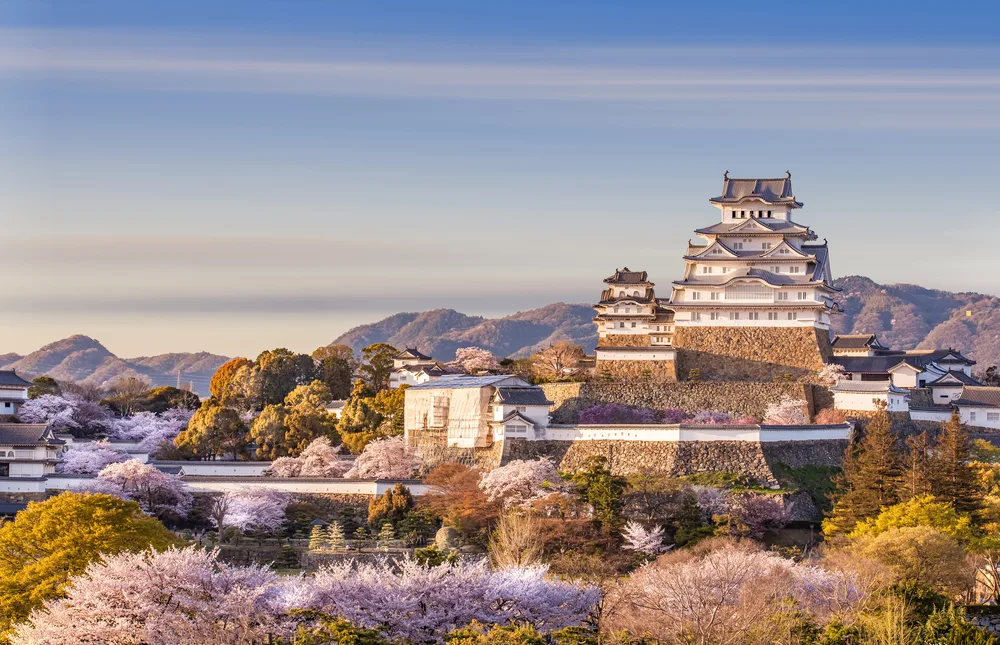Japan is home to a diverse range of cultural and natural wonders that are UNESCO as World Heritage Sites. From ancient temples and shrines to natural wonders. Pristine forests and dramatic coastlines, there’s something for everyone to explore and admire. Take a closer look at some of the most stunning and historically significant World Heritage Sites in Japan.
Cultural World Heritage Sites in Japan
Japan boasts an impressive array of cultural World Heritage sites that offer visitors a glimpse into the country’s rich history and cultural traditions. From ancient temples and shrines to stunning gardens and palaces, these sites are truly wonders to behold. You can explore the intricacies of Japanese architecture and art, and marvel at the impressive feats of engineering that made these structures possible. But also gain insight into the customs and beliefs of the Japanese people throughout the ages.
22A journey back in Time: Himeji-jo Castle
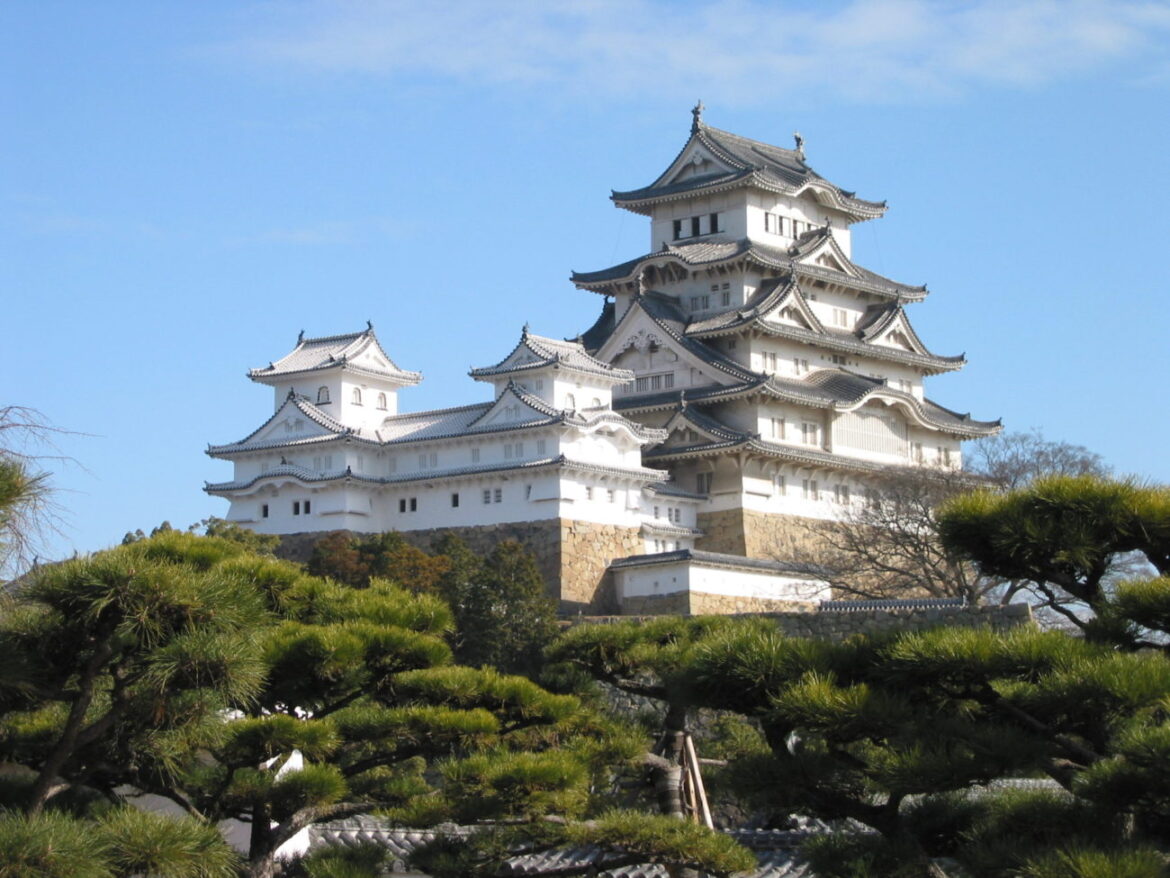
Himeji-jo is the finest surviving example of early 17th-century Japanese castle architecture. It comprises 83 buildings with highly developed systems of defense and ingenious protection devices. It is a masterpiece of construction in wood, combining function with aesthetic appeal. Both in its elegant appearance unified by the white plastered earthen walls and in the subtlety of the relationships between the building masses and the multiple roof layers.
21The Iconic Temple of Kyoto: Kiyomizu-Dera
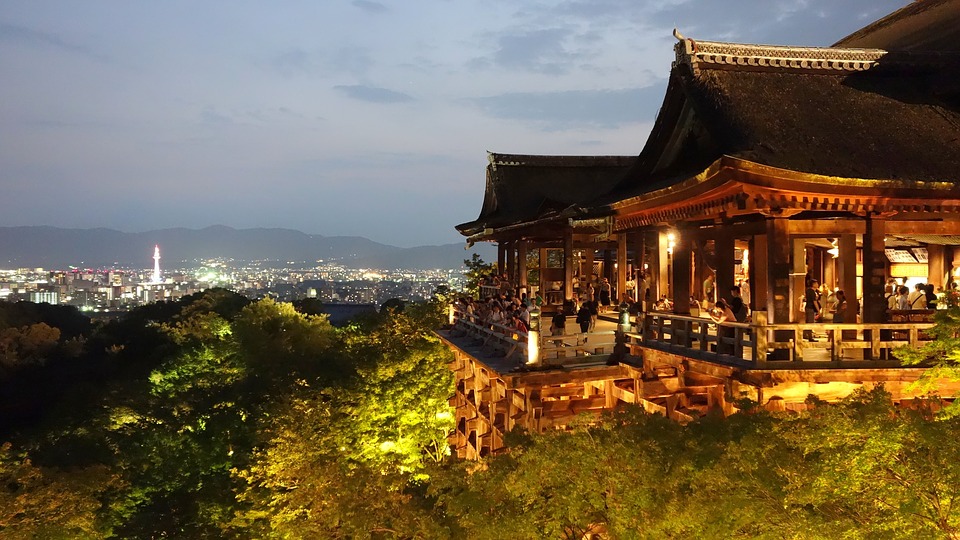
Kiyomizu-Dera is a famous Buddhist temple located in Kyoto, Japan. Kiyomizu-Dera is a popular destination for both tourists and locals, especially during the cherry blossom and fall foliage seasons. The temple also houses several shrines, a pagoda, and a sacred waterfall that visitors can drink from for good luck. Its rich history and beautiful scenery make Kiyomizu-dera a must-visit destination for anyone traveling to Kyoto.
20Japan’s floating shrine – Itsukushima Shinto Shrine
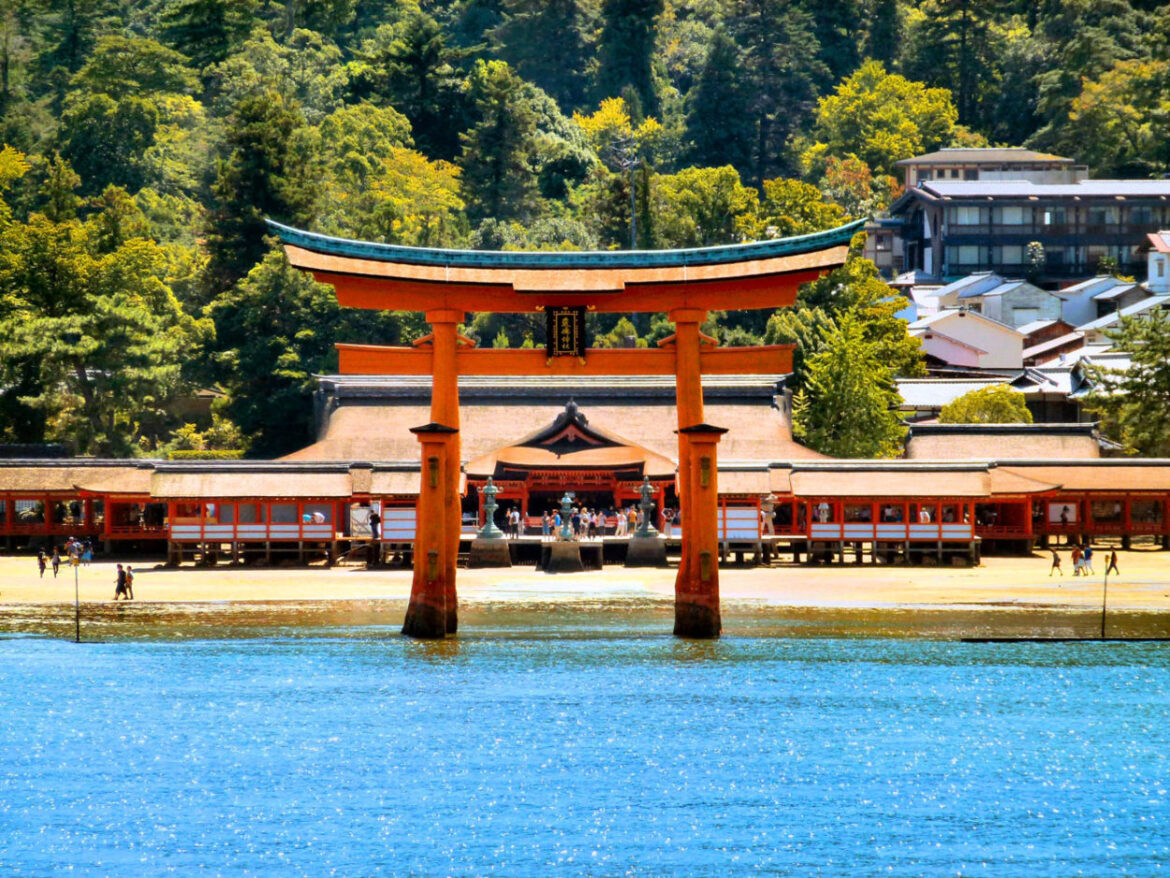
The island of Itsukushima, in the Seto inland sea, has been a holy place of Shintoism since the earliest times. The present shrine dates from the 12th century and the harmoniously arranged buildings reveal great artistic and technical skill. The shrine plays on the contrasts in color and form between mountains and sea and illustrates the Japanese concept of scenic beauty, which combines nature and human creativity.
19A Stunning Golden Pavilion – Kinkaku-ji

Kinkaku-ji, also known as the Golden Pavilion, is a Zen Buddhist temple located in Kyoto, Japan. The temple’s stunning exterior is covered entirely in gold leaf. It is situated in a tranquil pond surrounded by a beautiful garden. Kinkaku-ji is considered one of the most iconic and picturesque sights in Japan. You can explore the temple grounds, take in the breathtaking views of the golden pavilion, and also participate in traditional tea ceremonies in the nearby tea house.
18The Temple of the Great Buddha: Todai-ji
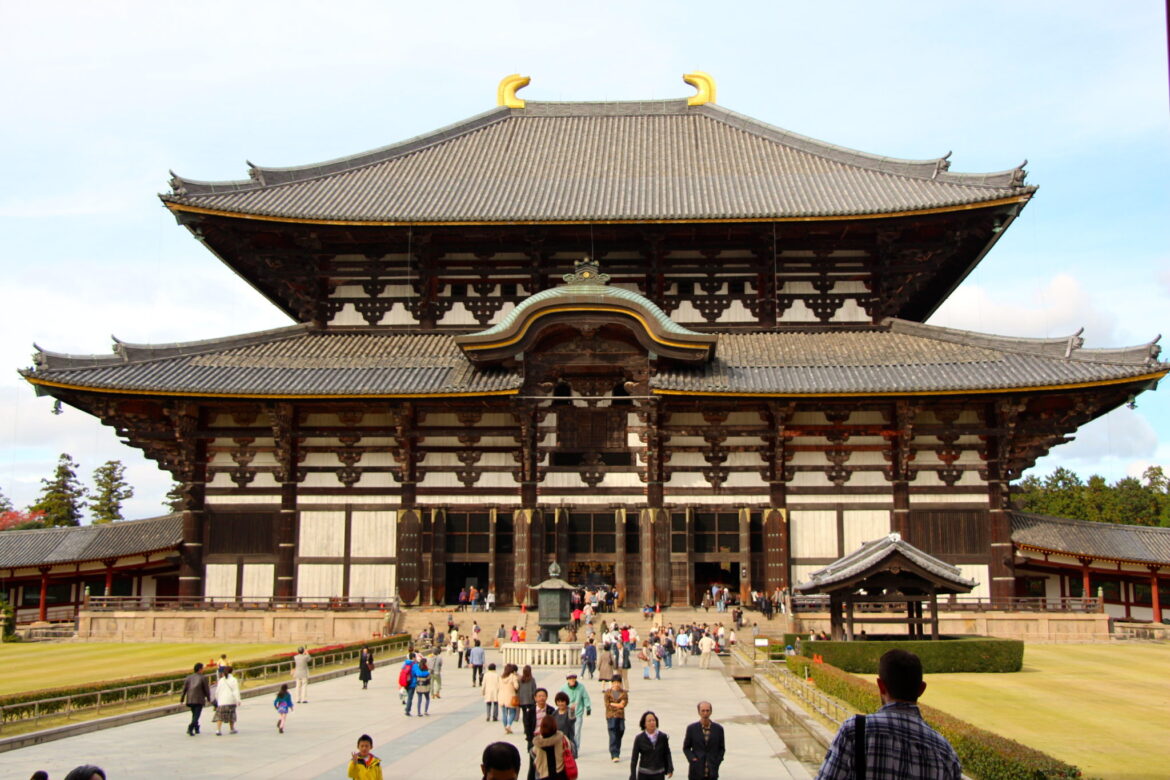
Todai-ji, located in Nara, is one of Japan’s most significant and historic temples, and a UNESCO World Heritage Site. The temple is home to the world’s largest bronze statue of Buddha, the Daibutsu. It stands at over 15 meters tall. The temple’s Great Buddha Hall is also the world’s largest wooden building. You can explore its vast interior and appreciate the impressive architectural design.
17A Journey through ancient times: Historic Monuments of Ancient Kyoto
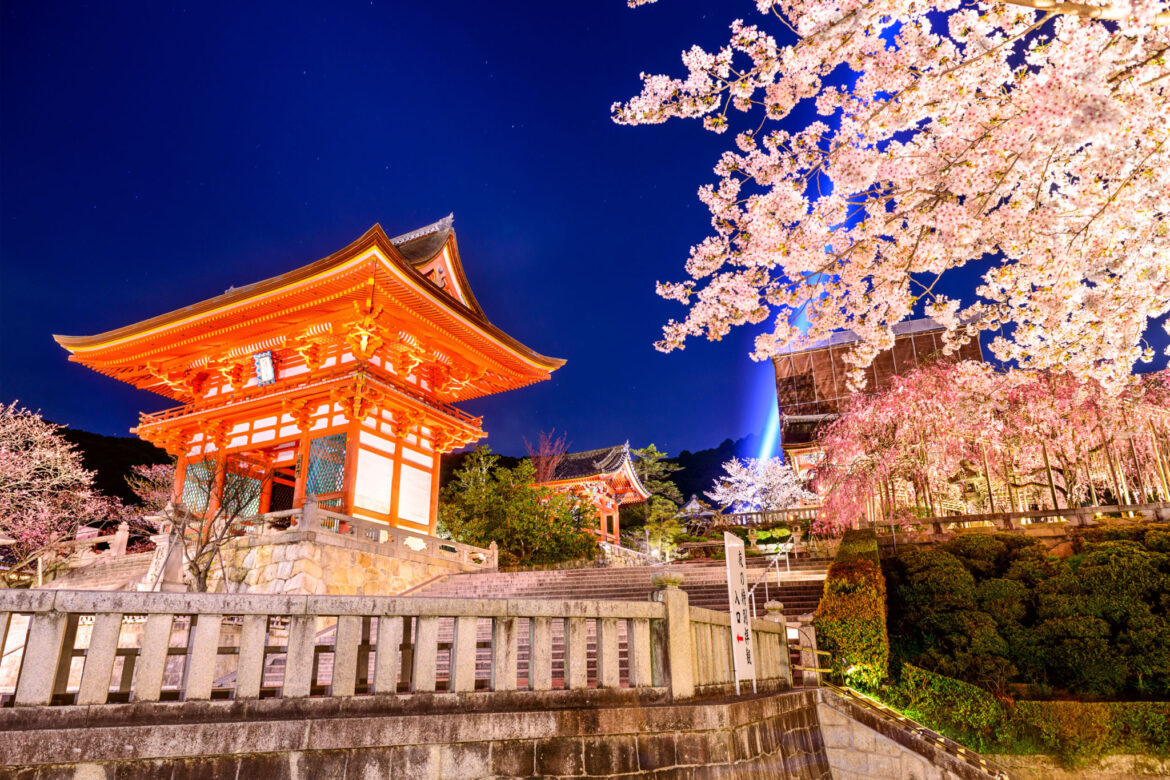
It includes 17 temples, shrines, and other structures located in the city of Kyoto, Japan. The structures within this site showcase a variety of architectural styles and design elements. Some notable sites include the Kiyomizu-Dera Temple, Nijo Castle, and the Kyoto Imperial Palace. The Historic Monuments of Ancient Kyoto is a must-visit destination.
16A symbol of peace: Hiroshima Peace Memorial
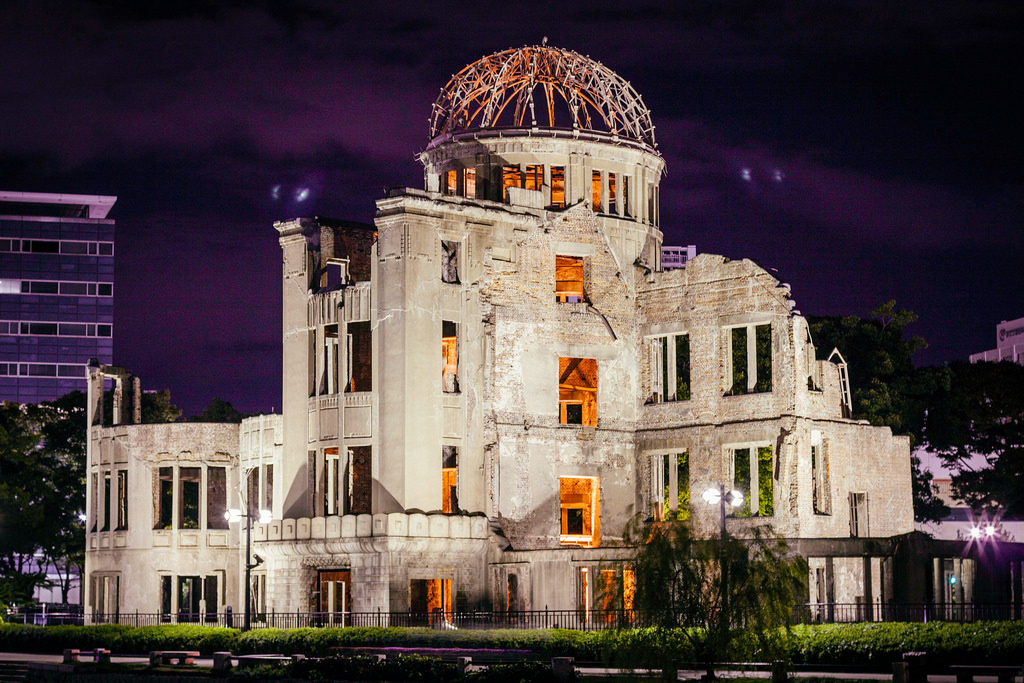
The Hiroshima Peace Memorial (Genbaku Dome) was the only structure left standing in the area where the first atomic bomb exploded on 6 August 1945. Not only is it a stark and powerful symbol of the most destructive force ever created by humankind; but it also expresses the hope for world peace and the ultimate elimination of all nuclear weapons.
15The Charm of Rural Japan: The Historic Villages of Shirakawa-go and Gokayama
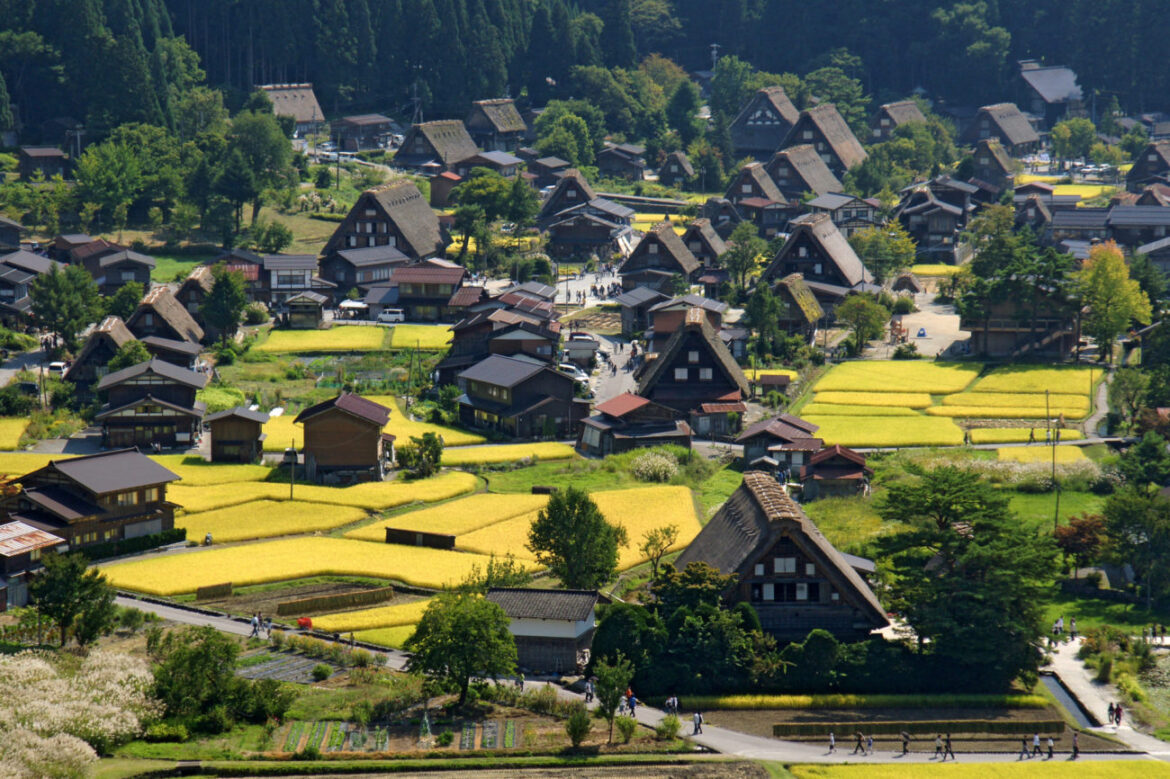
If you’re into exploring rural areas of Japan, this is a must-visit destination for you. These villages are located in the mountainous regions of Gifu and Toyama Prefectures. Their traditional gassho-style houses have steep thatched roofs that resemble hands in prayer. These houses are over 250 years old and have been preserved for their architectural and historical significance. You can stroll around the villages and admire the beautiful scenery.Or take a closer look at the houses and learn more about their unique construction
14Fascinating Architecture: Shrines and Temples of Nikko
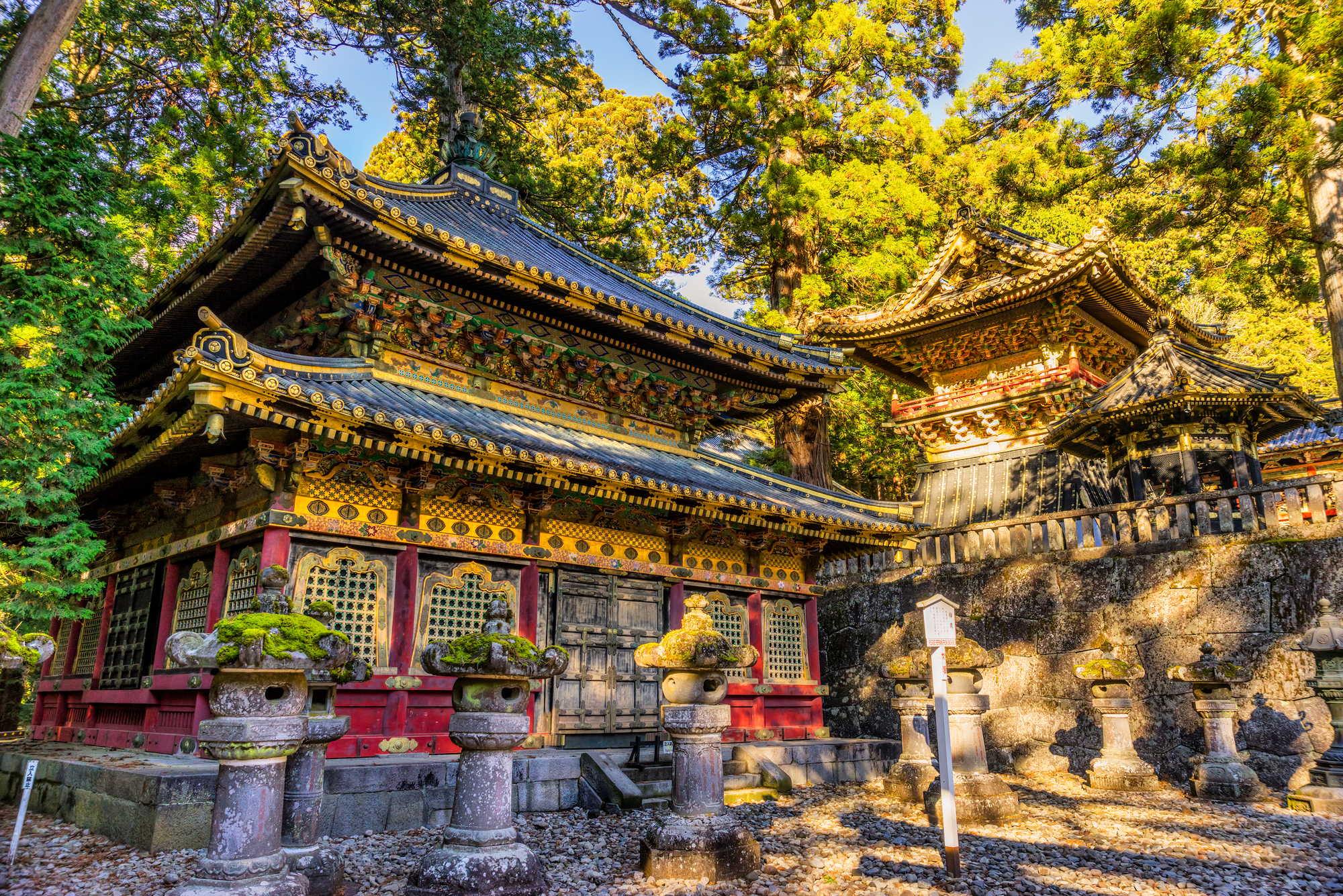
This UNESCO World Heritage Site is home to a variety of stunning shrines and temples, known for their intricate details and beautiful carvings. The Toshogu Shrine is the most famous. Its intricate decorations and the famous carving of the “hear no evil, see no evil, speak no evil” monkeys. There are also the Futarasan Shrine and the Rinno-ji Temple, both boasting beautiful architecture and serene surroundings.
13Exploring Japan’s ancient capital: The Historic Monuments of Ancient Nara
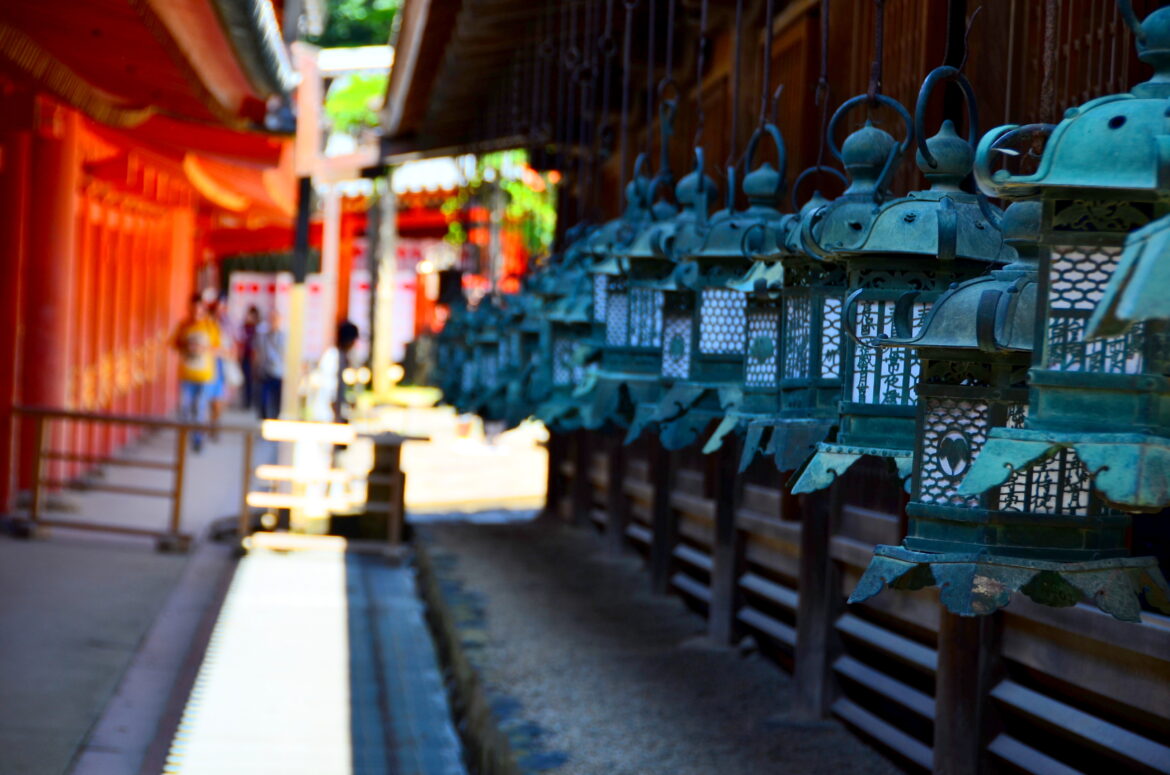
It’s a small city located in the Kansai region of Japan and was once the capital of Japan back in the 8th century. Today, it’s a popular destination for tourists looking to explore Japan’s rich cultural heritage and history. Nara is home to a vast collection of ancient temples, shrines, and monuments. You can explore the famous Todai-ji temple. It is home to the largest bronze statue of Buddha in the world, or wander through the lush forests of the Kasuga-Taisha shrine.
12A spiritual journey: Buddhist Monuments in the Horyu-ji Area
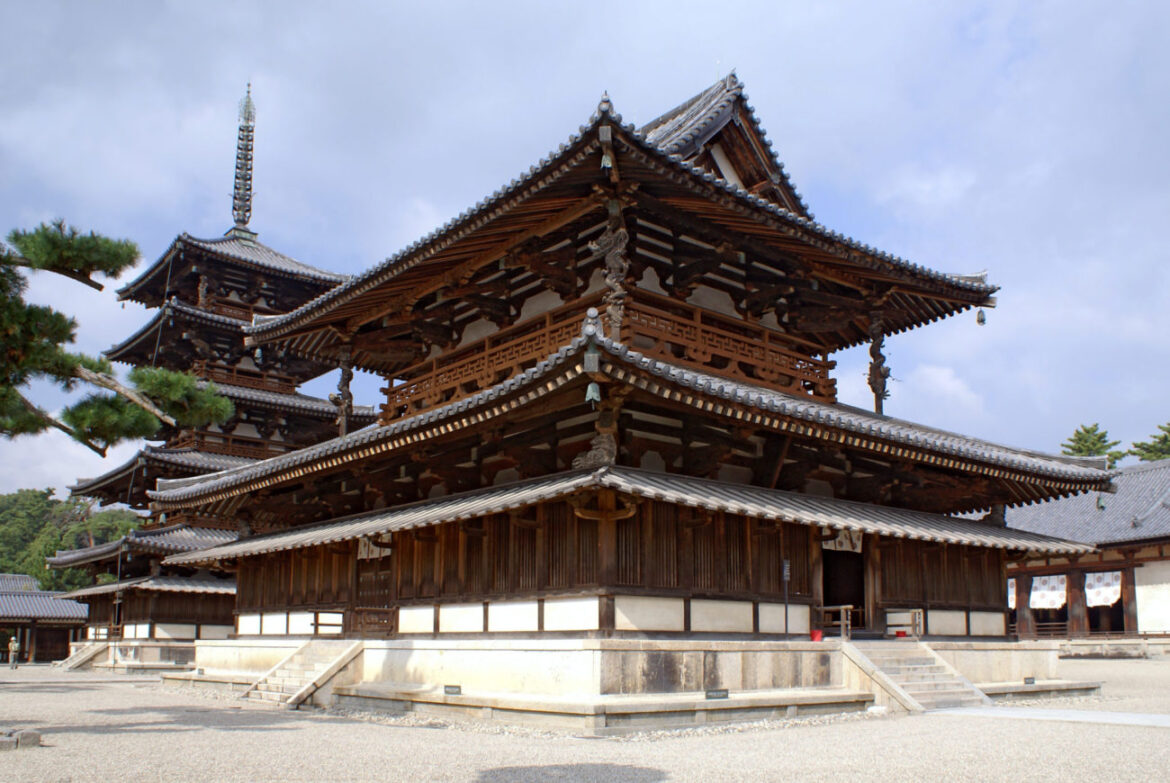
There are around 48 Buddhist monuments in the Horyu-ji area, in Nara Prefecture. These are some of the oldest surviving wooden buildings in the world. These masterpieces of wooden architecture are important for the history of art.
11The hidden treasures of Okinawa – Gusuku Sites and Related Properties of the Kingdom of Ryukyu
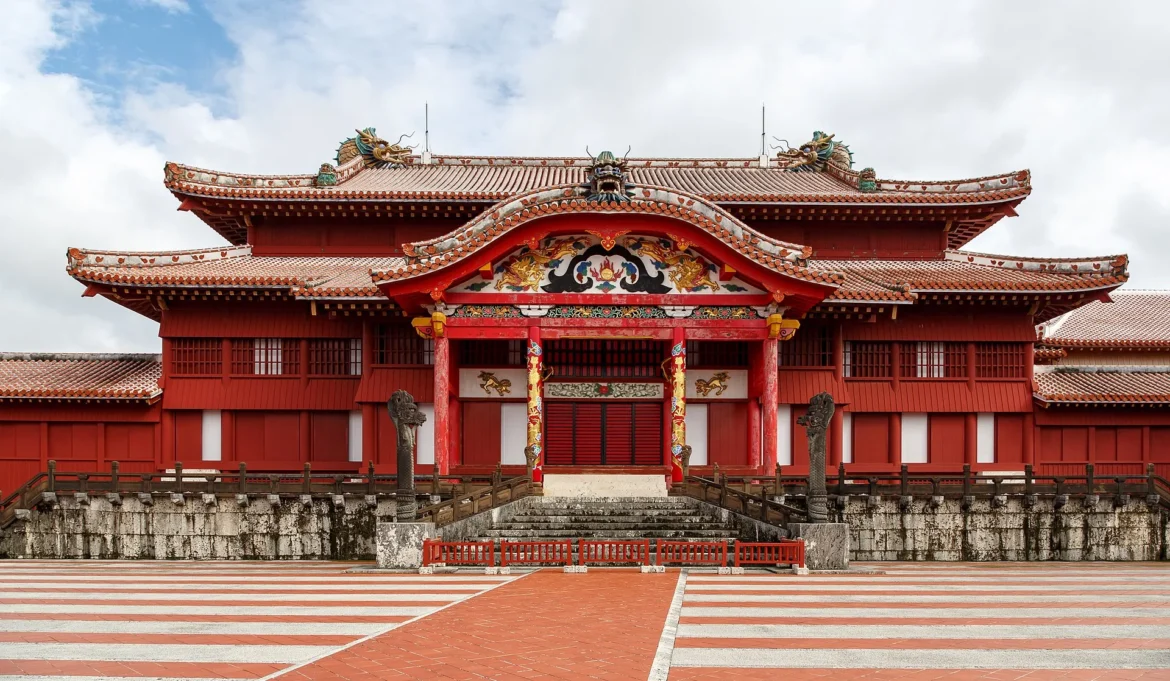
The Gusuku Sites and Related Properties of the Kingdom of Ryukyu are a group of nine structures and ruins that are located across the Ryukyu Islands, which are also known as the Okinawa Islands. These structures are representative of the culture of the Ryukyu Kingdom, which was a unique blend of Chinese, Japanese, and Southeast Asian influences. Visiting these sites provides an opportunity to learn more about the Ryukyu Kingdom and its fascinating blend of cultures.
10Sacred Sites and Pilgrimage Routes in the Kii Mountain Range – The spiritual heart of Japan
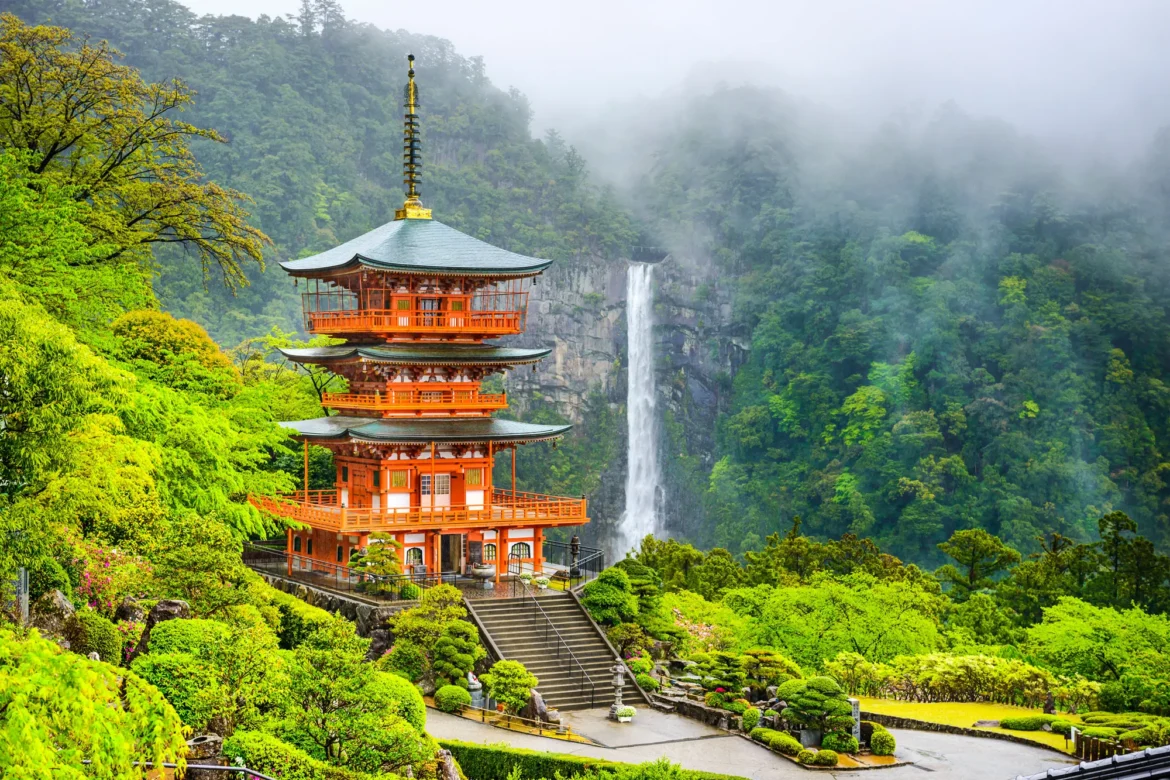
The area has been a popular destination for spiritual seekers and travelers for centuries. The Kii Mountain Range is home to three UNESCO World Heritage Sites, including the Kumano Kodo pilgrimage routes, the sacred shrines and temples of Yoshino and Omine, and the mystical mountaintop temple of Koyasan. Visitors can explore the stunning natural landscapes, immerse themselves in ancient Japanese culture, and experience the deep spiritual significance of the region.
9Japan’s iconic landmark: Fujisan
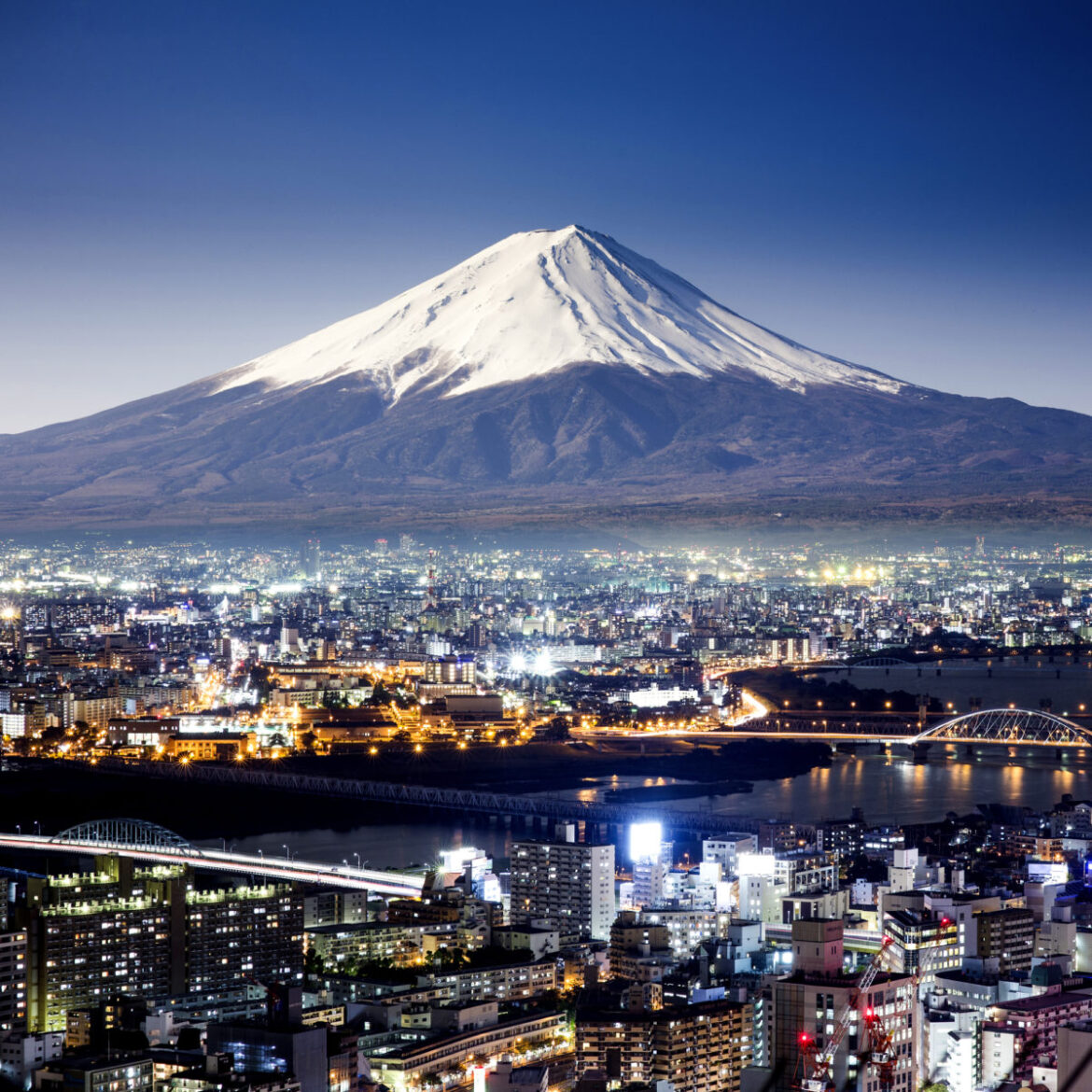
This majestic mountain is located on the border of Shizuoka and Yamanashi prefectures and is the highest peak in Japan at 3,776 meters tall. The mountain’s perfect symmetrical cone shape is truly breathtaking and has inspired countless artists and photographers over the years. The climb to the summit of Fujisan is a popular pilgrimage route for both tourists and locals alike, and during the summer months, the mountain is open to hikers.
8Japan’s industrial heritage: Iwami Ginzan Silver Mine and its Cultural Landscape
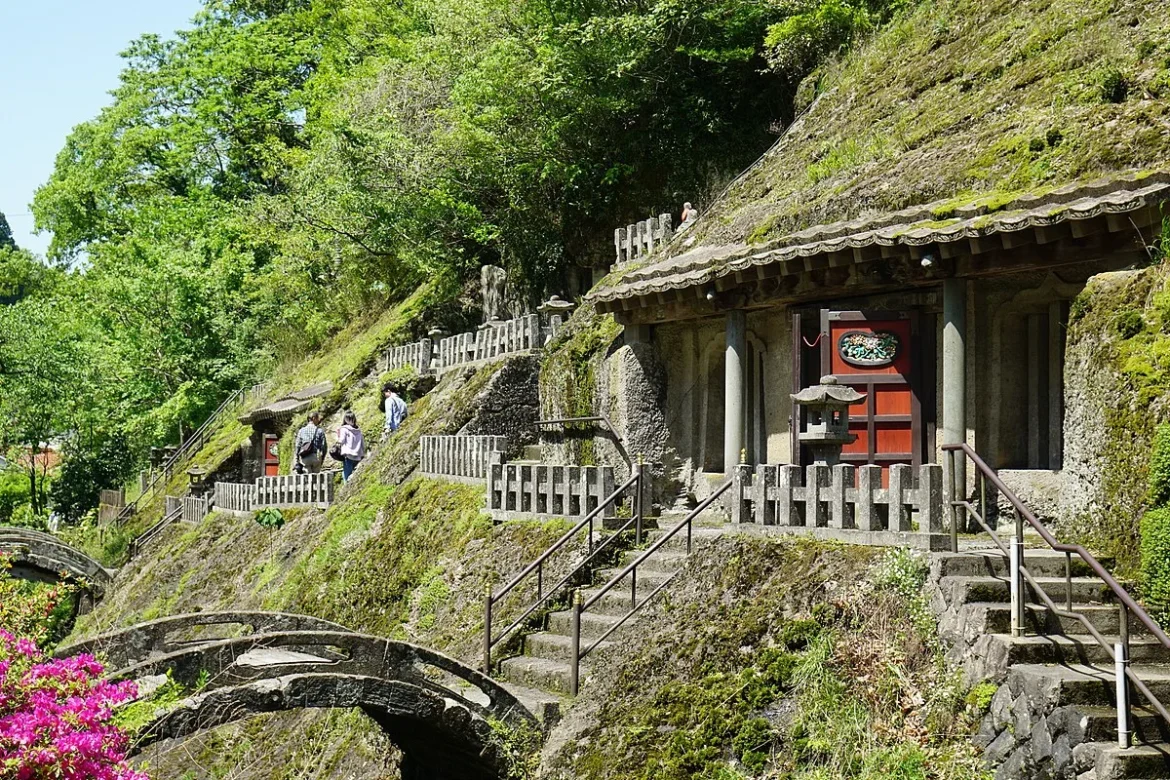
The mine was active for almost 400 years, from the 16th century to the early 20th century, and it played an important role in the economy of Japan during that time. Today, visitors can explore the tunnels of the mine, learn about the history of mining in Japan, and see the cultural landscape that has developed around the mine over the centuries. The surrounding area is also beautiful, with scenic views of the mountains and forests.
7Japan’s industrial past: Tomioka Silk Mill and Related Sites
It’s a UNESCO World Heritage Site in Gunma, Japan that’s all about Japan’s industrial past. The mill was established in 1872, during the Meiji era, as part of Japan’s modernization and industrialization efforts. The site showcases the technological advancements made in silk production, which was once a major industry in Japan. Today, visitors can explore the mill, see the machines in action, and learn about the history of silk production in Japan. It’s a fascinating look into Japan’s past and a great destination for history buffs and anyone interested in industrial heritage.
6Japan’s secret history: Hidden Christian Sites in the Nagasaki Region
It’s an incredible historical site that sheds light on a fascinating chapter in Japan’s secret history. Back in the 17th century, when Christianity was banned in Japan, a group of Japanese Christians went into hiding and kept their faith alive in secret. These hidden Christians built underground tunnels, secret rooms, and disguised objects to avoid being discovered by authorities. Today, the Nagasaki Region is home to a collection of these hidden Christian sites, including churches, cemeteries, and other religious relics. Visiting this site is a unique opportunity to learn about this little-known aspect of Japanese history. And to witness the resilience and perseverance of the human spirit in the face of adversity.
Natural World Heritage Sites in Japan
Japan’s natural World Heritage sites are equally awe-inspiring. From snow-capped peaks and lush forests to pristine beaches and crystal-clear lakes. These sites showcase the country’s incredible natural beauty and biodiversity. Visitors can hike through ancient forests, take in breathtaking views from the tops of mountains, or relax on secluded beaches. These sites also provide important habitats for a wide range of plants and animals, making them vital for conservation efforts.
5Discover pristine forests – Shirakami-Sanchi
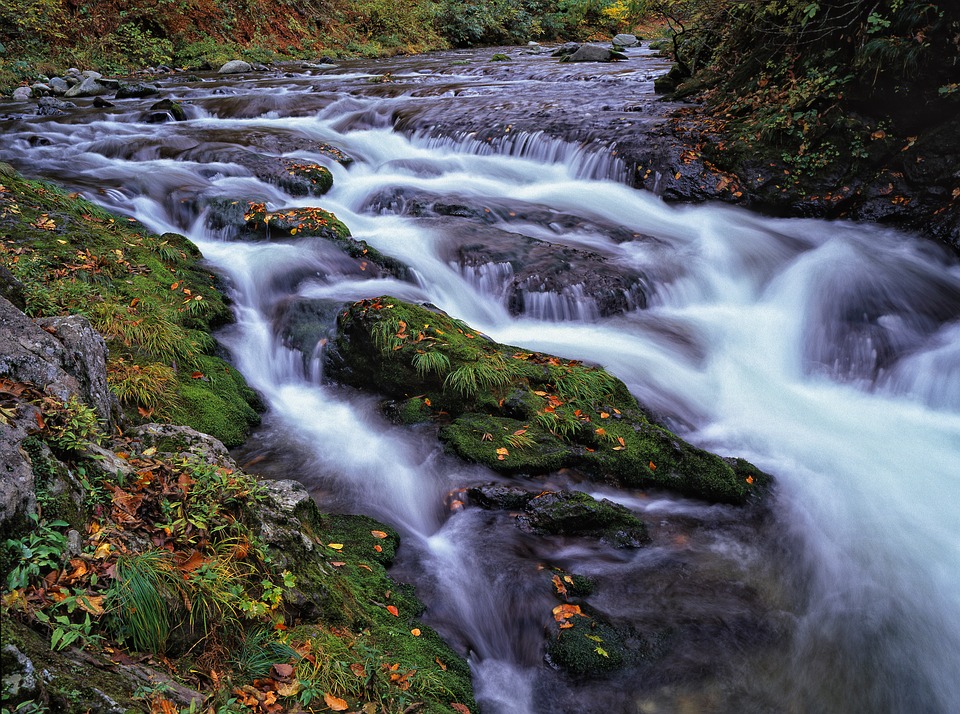
It’s a stunning natural wonder located in the northern part of Japan, spanning across the Akita and Aomori prefectures. These forests are home to a wide range of flora and fauna, including several endangered species. Visitors to the area can enjoy hiking trails that lead through the forests. There they can witness the beauty of the towering trees, streams, and waterfalls. Shirakami-Sanchi was designated a UNESCO World Heritage Site in 1993, in recognition of its outstanding universal value as a site of ecological importance and natural beauty. It’s a must-visit destination for anyone looking to reconnect with nature and discover the beauty of the natural world.
4Enchanting Island: Yakushima
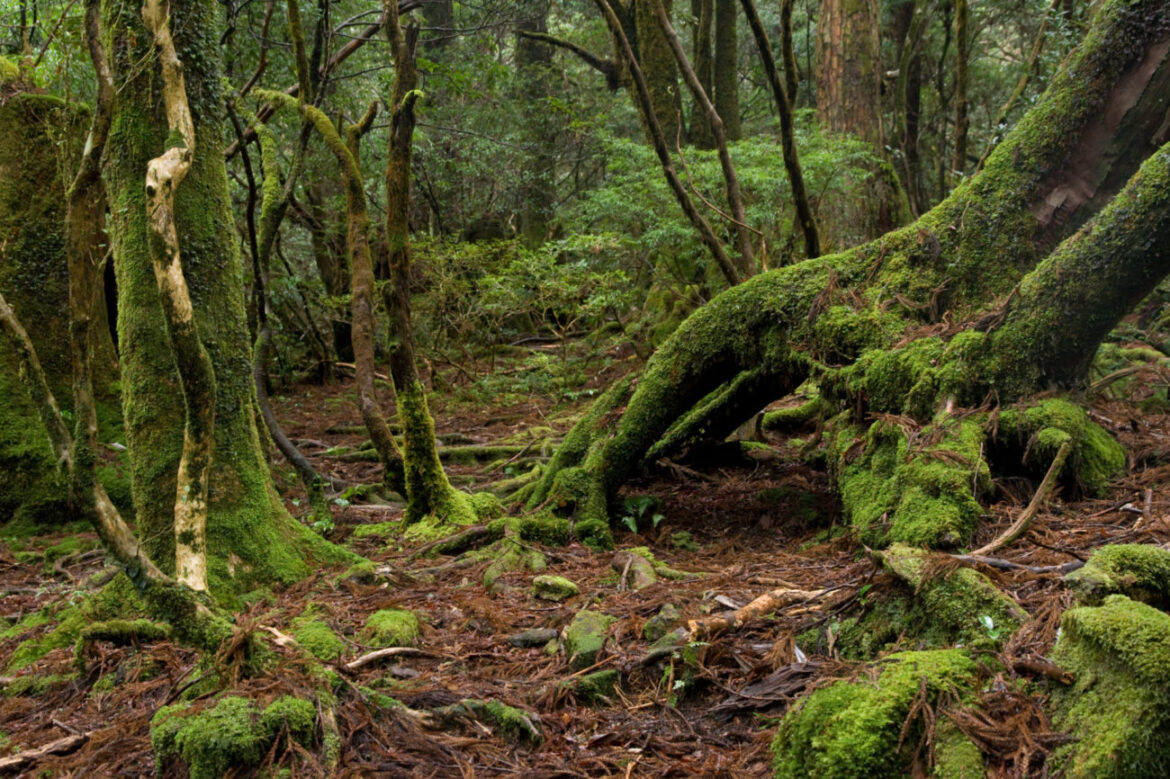
It’s a beautiful and enchanting island located in Kagoshima prefecture, southern Japan. The island is well known for its ancient cedar trees, some of which are over 1,000 years old! These trees are so special that they have been designated as a UNESCO World Heritage Site. In addition to the cedars, Yakushima is home to a diverse range of flora and fauna, including monkeys, deer, and sea turtles. The island also boasts stunning waterfalls, hot springs, and breathtaking coastal views. Hiking in Yakushima is an unforgettable experience, with a range of trails to choose from. It’s truly a paradise for nature lovers and adventure seekers.
3A Haven for Marine Life and Ecosystem Conservation: Ogasawara Islands
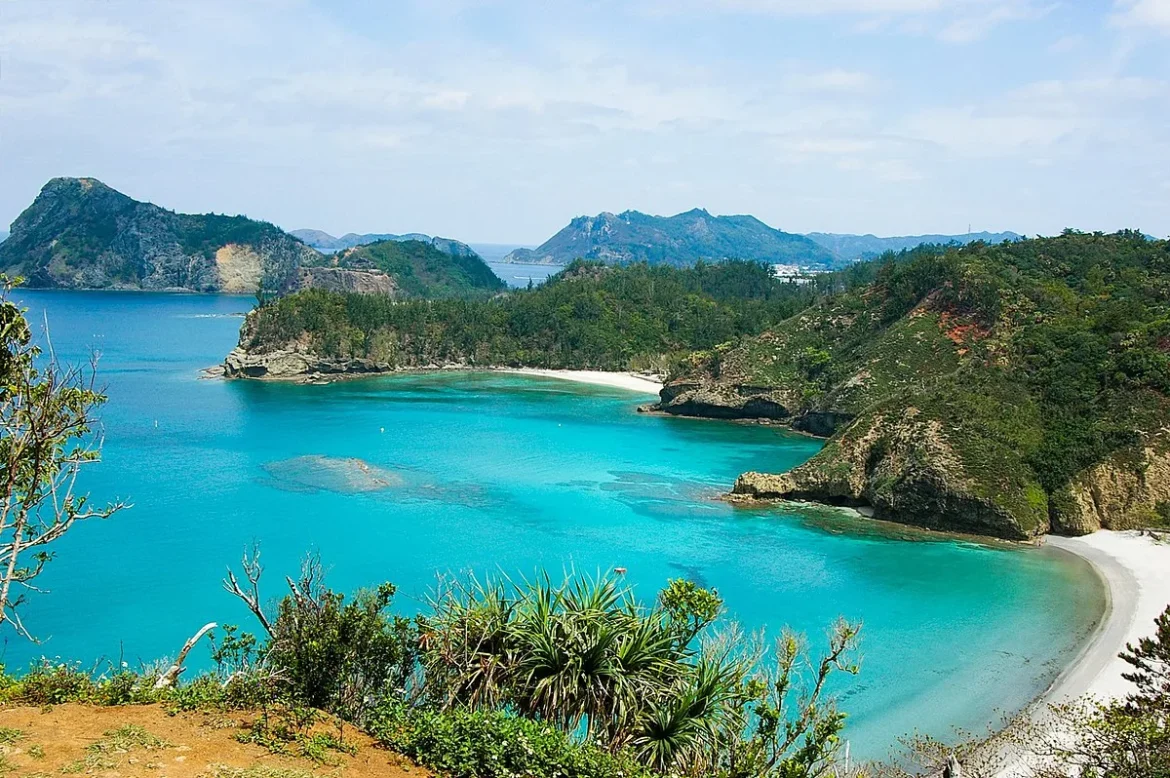
Ogasawara Islands is an amazing archipelago located about 1,000 kilometers south of Tokyo! The islands are home to over 30 small islands spread across the vast Pacific Ocean. The Ogasawara Islands are a treasure trove of nature, famous for their rich marine biodiversity and unique ecosystem. There are tons of activities to enjoy, like snorkeling, diving, and hiking. If you’re a nature lover or an adventure seeker, you definitely need to put the Ogasawara Islands on your travel bucket list.
2Explore Untamed Wilderness: Shiretoko
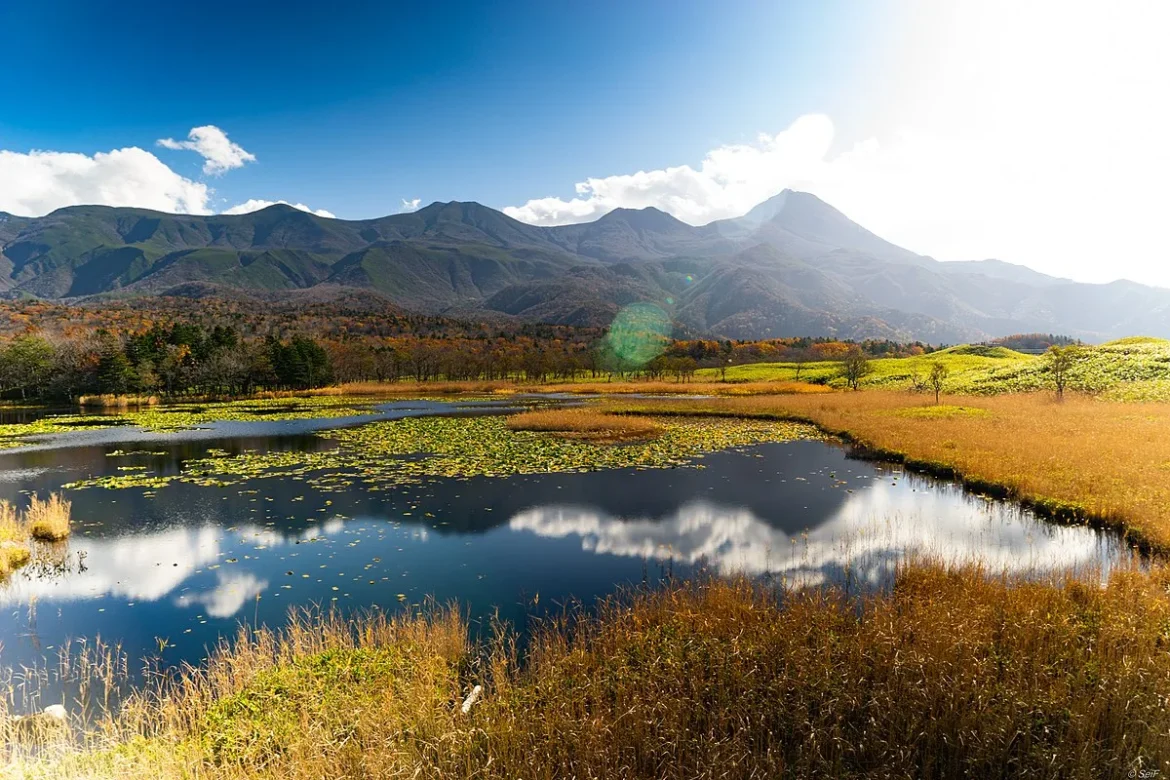
It’s this amazing peninsula located in the northeastern part of Hokkaido, which is the northernmost island of Japan. The place is like a paradise for nature lovers with its untouched natural beauty, rich biodiversity, and unique ecosystem. You can see an incredible variety of wildlife like brown bears, deer, and the rare Blakiston’s fish owl. Plus, there are some magnificent waterfalls, hot springs, and coastal cliffs that offer breathtaking views of the Sea of Okhotsk. You’ll love it if you’re looking for a peaceful escape in the midst of stunning natural surroundings.
1Beautiful Coffee Table Books on Japan

- “Japan: The Cookbook” by Nancy Singleton Hachisu. This visually stunning book not only features over 400 recipes from Japan but also provides a comprehensive overview of Japanese food culture, ingredients, and culinary traditions.
- “Japan: A Literary Guide for Travelers” by John H. Martin and Phyllis G. Martin. This book combines beautiful photography with excerpts from classic and contemporary Japanese literature, offering a unique perspective on the country’s landscapes, cities, and cultural sites.
- “Japan: The Art of Living” by Amy Sylvester Katoh. Featuring exquisite photographs, this book explores Japanese design, architecture, gardens, and traditional crafts, showcasing the harmonious blend of aesthetics and functionality that is central to Japanese culture.
- “Japanese Gardens: Tranquility, Simplicity, Harmony” by Geeta Mehta, Kimie Tada, and Noboru Murata. This coffee table book takes readers on a visual journey through Japan’s most beautiful gardens, offering insights into their history, design principles, and serene beauty.
- “Kyoto Gardens: Masterworks of the Japanese Gardener’s Art” by Judith Clancy and Ben Simmons. Focusing specifically on the gardens of Kyoto, this book showcases the city’s rich garden tradition through stunning photographs and detailed descriptions.
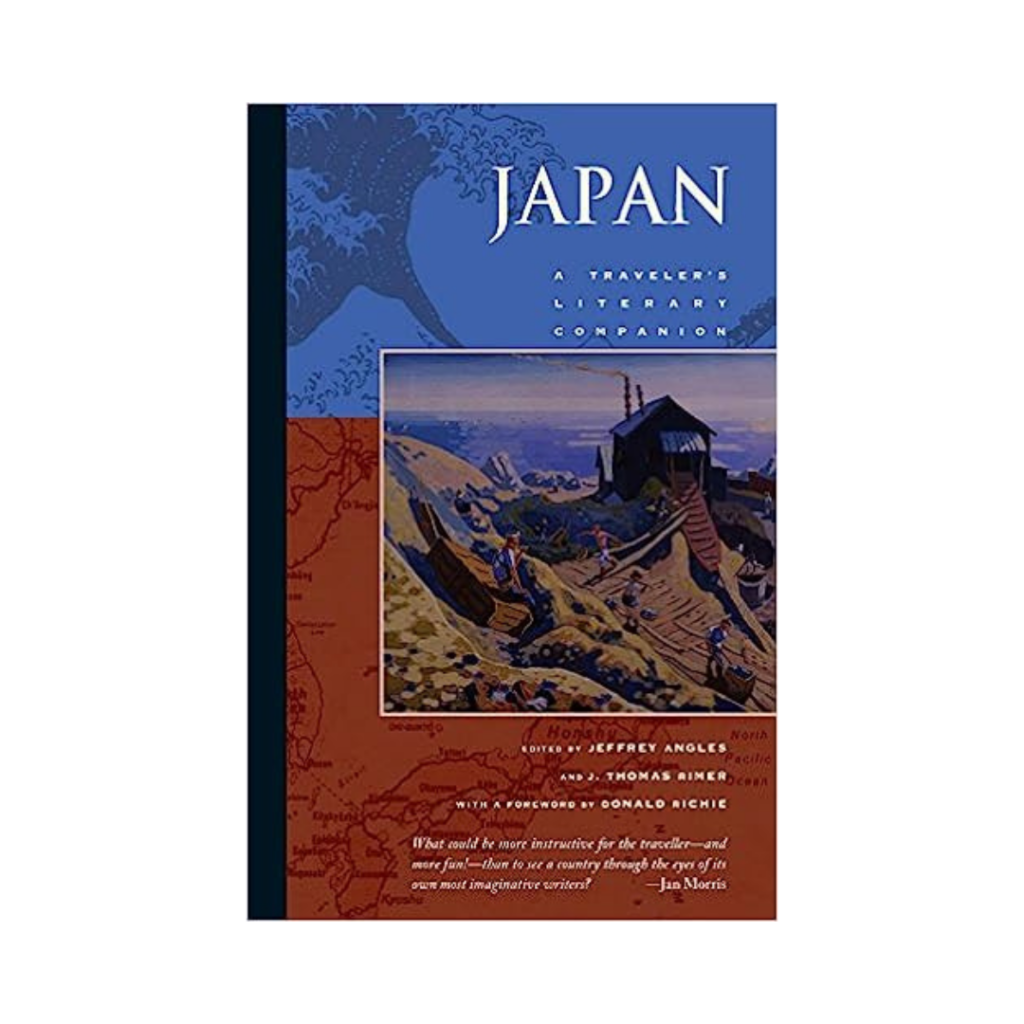
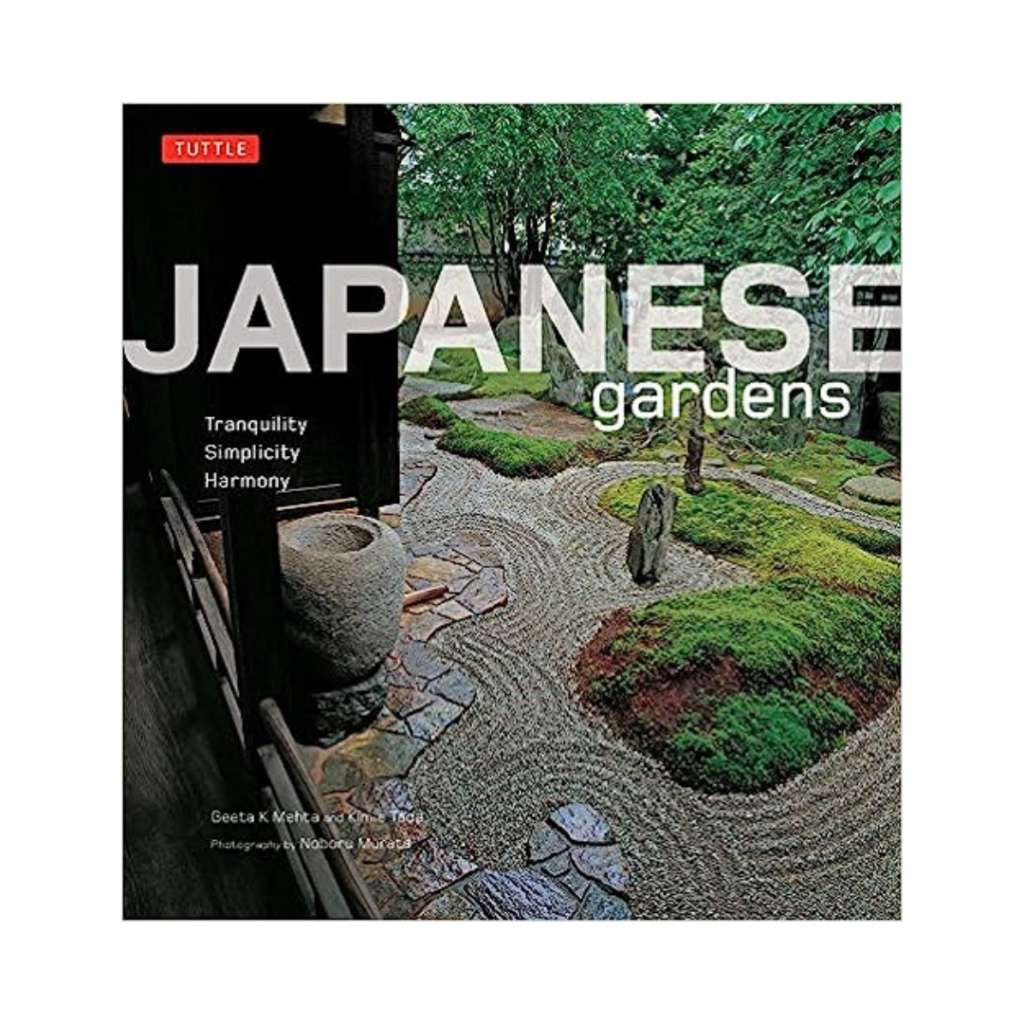
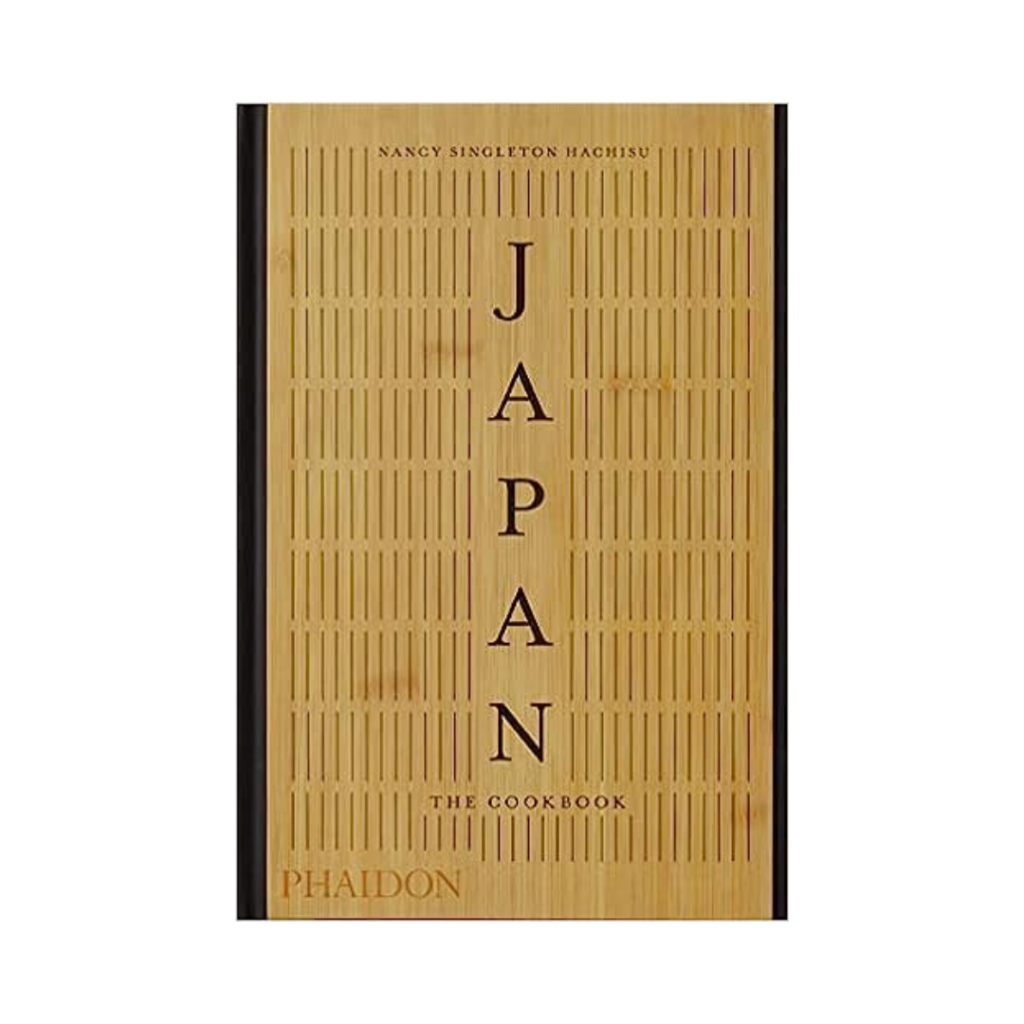
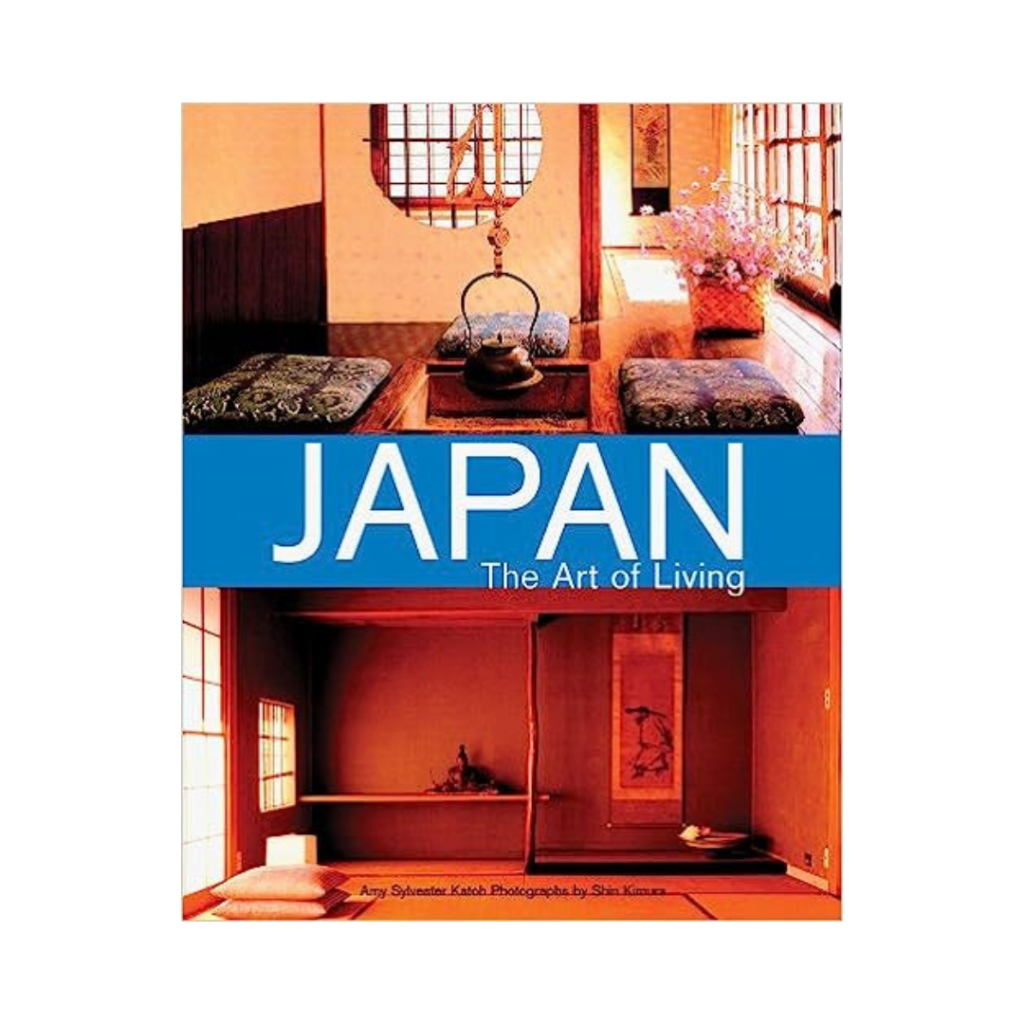
Embark on a journey to Japan’s UNESCO World Heritage Sites and discover the wonders of its rich and fascinating past
Japan is home to a diverse range of UNESCO World Heritage Sites. Each with its own unique beauty, history, and cultural significance. From ancient temples and shrines to breathtaking natural landscapes and industrial heritage sites. These designated sites offer visitors a glimpse into Japan’s rich and fascinating past. So pack your bags and embark on a journey to discover the wonders of Japan’s past and present.
